Olympus E-400 with Zuiko Digital 14-42mm f3.5-5.6 ED
-
-
Written by Gordon Laing
Olympus E-400 vs Canon EOS 400D / XTi vs Panasonic L1 real-life noise
Outdoor / Resolution / Noise / Noise 2 / Corner sharpness / Fringe & macro / Geometry / Vignetting
| Support this site by shopping via these links |
| Support this site by shopping via these links | |||
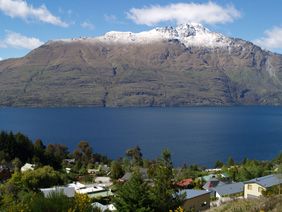 | To compare noise levels under real-life conditions we shot this scene using the Olympus E-400, Canon 400D / XTi and Panasonic L1 at each ISO and their best quality JPEG settings. Each camera was fitted with their respective kit lenses: the Olympus ZD 14-42mm, Canon EF-S 18-55mm and Leica 14-50mm. The 400D / XTi captured a wider 3:2 frame, but the focal length of each lens was adjusted to deliver the same vertical field of view. |
The image above was taken with the Olympus E-400 at 21mm f8, with a sensitivity of 100 ISO; the original SHQ JPEG measured 6.63MB; the Canon 400D / XTi and Panasonic L1 images were taken with the same exposures and their 100 ISO samples measured 3.97 and 4.73MB respectively. The crops are taken from an area just below and to the left of the centre. At 100 and 200 ISO the E-400 delivers very clean results with excellent detail. For example on the lower wall of the house on the left side, textures are quite visible which appear to be smeared-out on the Canon 400D / XTi samples. That said, the Panasonic L1 also does well in this respect. At 400 ISO though, noise is creeping in, especially in shadow areas, and is more apparent than the 400D / XTi samples. Again though, there’s still plenty of detail on the E-400 crops including some areas missed by the Canon. At 800 and especially 1600 ISO the E-400’s noise levels increase dramatically and speckles are clearly much more visible than on the Canon samples. That said, when viewing the E-400’s high ISO images in their entirety, there’s still a lot of detail present which many cameras would smear out with noise reduction. The quality at 1600 ISO is certainly reduced and best-reserved for smaller prints or emergency use only, but at 800 ISO, the results can be very usable. Of course some people will prefer lower visible noise on JPEGs produced out of the camera, but at least the E-400 retains as much detail as possible and gives you the option of reducing noise speckles with third-party software later. Ultimately the Canon 400D / XTi may deliver cleaner-looking images out of the camera at 800 and 1600 ISO, but the E-400 certainly has nothing to be ashamed off at lower sensitivities. Note: the lenses on each camera were adjusted to deliver exactly the same vertical coverage, but the sample crops below show different areas due to each sensor having different vertical resolutions. |
Olympus E-400 Using ZD 14-42mm |
Canon 400D / XTi Using EF-S 18-55mm |
Panasonic L1 Using Leica 14-50mm | ||
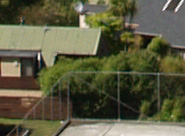 |
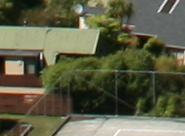 |
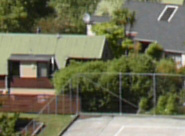 | ||
100 ISO, 1/200, f8 |
100 ISO, 1/200, f8 |
100 ISO, 1/200, f8 | ||
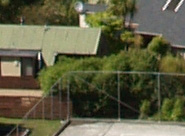 |
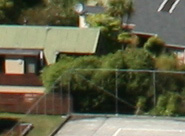 |
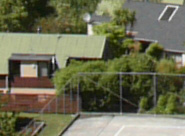 | ||
200 ISO, 1/400, f8 |
200 ISO, 1/400, f8 |
200 ISO, 1/400, f8 | ||
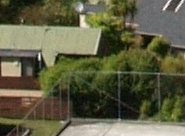 |
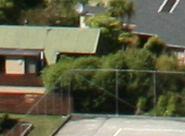 |
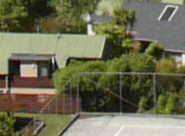 | ||
400 ISO, 1/800, f8 |
400 ISO, 1/800, f8 |
400 ISO, 1/800, f8 | ||
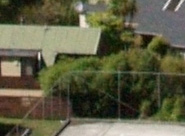 |
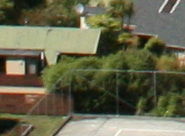 |
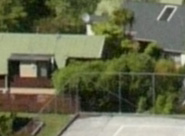 | ||
800 ISO, 1/1600, f8 |
800 ISO, 1/1600, f8 |
800 ISO, 1/1600, f8 | ||
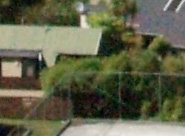 |
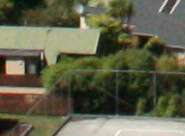 |
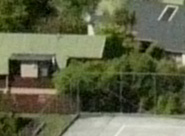 | ||
1600 ISO, 1/3200, f8 |
1600 ISO, 1/3200, f8 |
1600 ISO, 1/3200, f8 |




